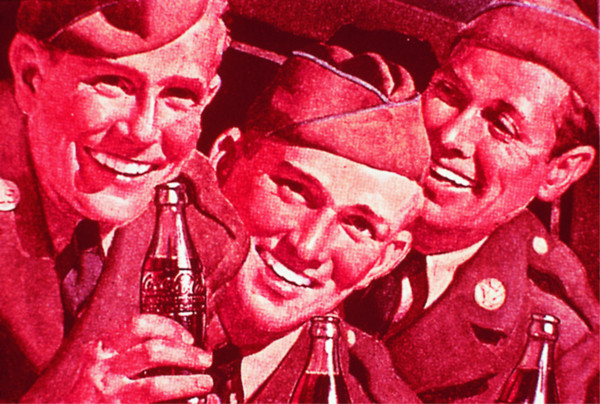Another Mauldin Family Tragedy
Another decade brought a new trial for the Mauldin Family in the 1940s. Once more the family had to depend on their faith to sustain them through the tragedy. Tragedy struck the family when their daughter, Mary Mauldin Zimmerman, died from complications during pregnancy. Mary had married Edgar Rowe Zimmerman, Jr. and lived in Charlotte, North Carolina. They had a six-year old daughter, Margaret Mauldin Zimmerman, “Peggy.” They were excited about a new baby, but Mary died on December 21, 1945. Rowe was serving as a Lieutenant in the Marine Reserve Corp based in Cherry Point, North Carolina. It was very important to everyone for Rowe to complete his military service and for Peggy to be a part of a family. It was agreed that Peggy would come to Rock Hill and live with her grand-parents, Mayme and Mark, in their home on Aiken Avenue. Peggy would be with the family for three years. Peggy would later marry Robert M. Kelly of Boston and serve as a director and stockholder of the company.
Billy Serves During WWII
The onset of WWII played a role in the family life of the Mauldins. Billy enlisted in the Army Air Corp and served in the European Theater in England. The family prayed for his safe return home. Wife Laura and daughter Laurie remained in Rock Hill while Billy was overseas. Billy returned home to Rock Hill in 1947 and returned to work with his father at the bottling plant.
Coke for the Troops
During the war 64 bottling plants were set up around the world to supply the troops. This followed an urgent request for bottling equipment and materials from General Eisenhower’s Allied Headquarters base in North Africa on June 29, 1943. He requested shipment of materials and equipment for 10 bottling plants. Not to replace other military cargo, the cablegram also requested shipment of 3 million filled bottles of Coca-Cola, along with supplies for producing the same quantity twice monthly.
5 Cent Cokes for Men in Uniform
Robert Woodruff issued an order in 1941 “to see that every man in uniform gets a bottle of Coca-Cola for 5 cents, wherever he is and whatever it costs the company.” Within six months, a Coca-Cola Company engineer had flown to Algiers and opened the first plant, the forerunner of 64 bottling plants shipped abroad during WWII. The plants were set up as close as possible to combat areas in Europe and the Pacific. Military service personnel consumed more than 5 billion bottles of Coke in addition to countless servings through dispensers and mobile, self-contained units in battle areas.
WWII Spreads Coca-Cola around the World
But the presence of Coca-Cola did more than just lift the morale of the troops. In many areas, it gave local people their first taste of Coca-Cola, a taste they obviously enjoyed. And when peace returned, the Coca- Cola System was poised for unprecedented worldwide growth. From the mid 1940s until 1960, the number of countries with bottling operations nearly doubled. As the world emerged from a time of conflict, Coca-Cola emerged as a worldwide symbol of friendship and refreshment.
Many of these wartime plants were later converted to civilian use, permanently enlarging the business. At the outbreak of WWII, Coca-Cola was bottled in 44 countries including those on both sides of the conflict. There was a new set of challenges and opportunities for the entire Coca-Cola system.

